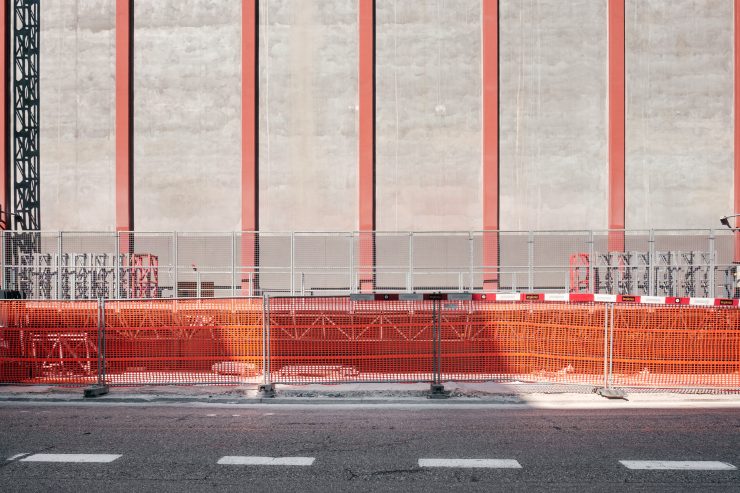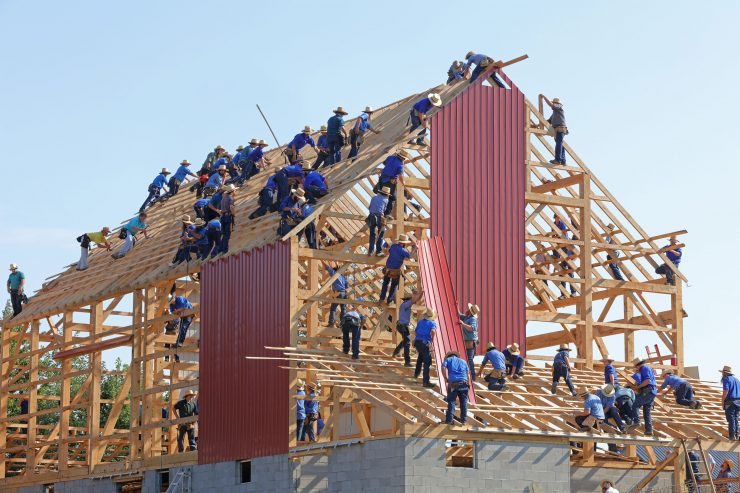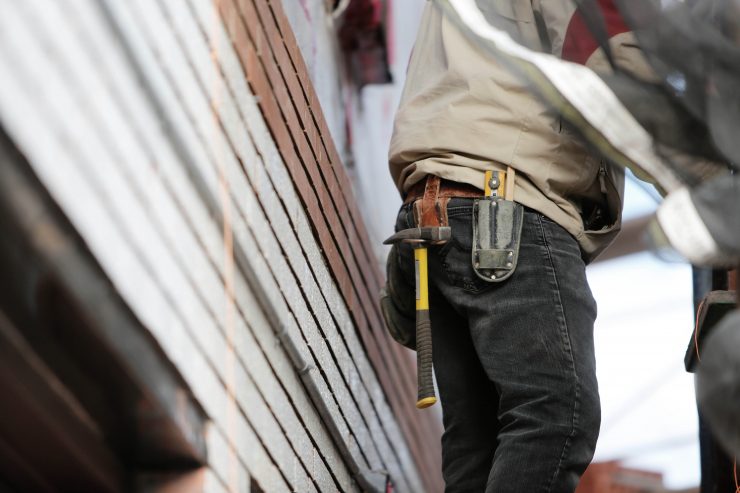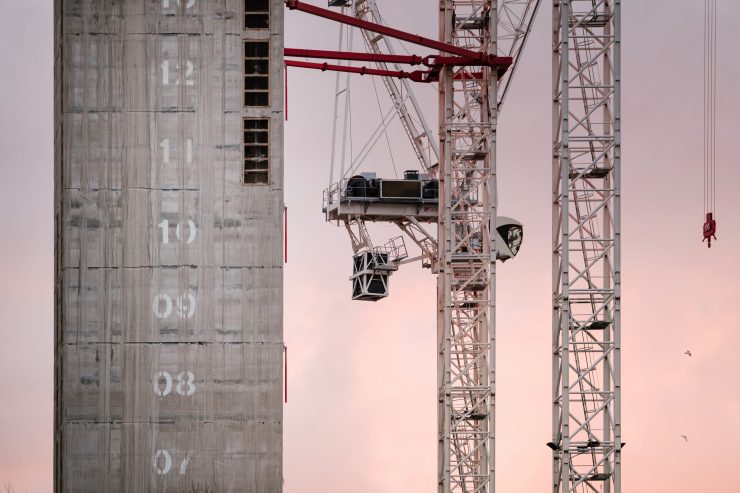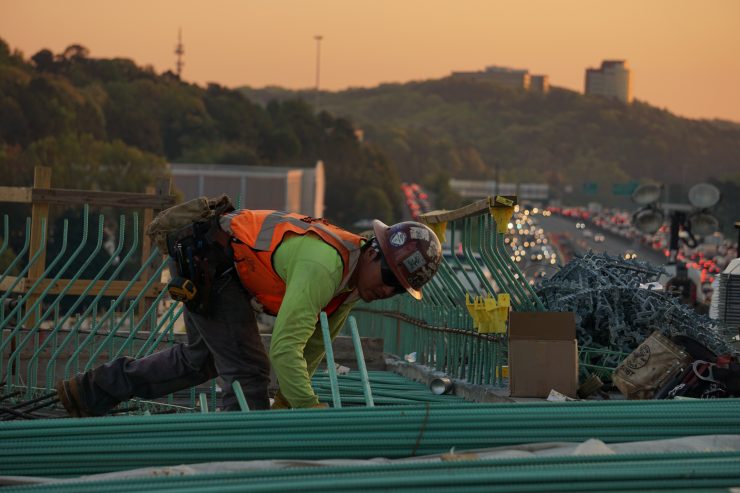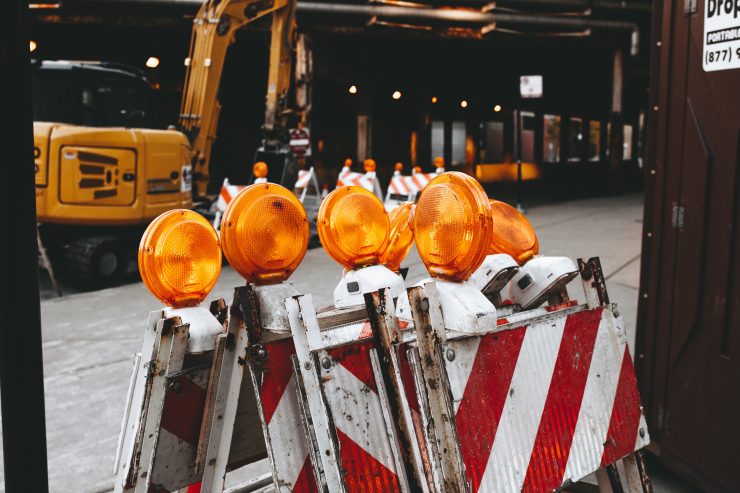If you work in the construction industry as a contractor, a builder, or any other professional, you have undoubtedly heard the term “sustainable design.” This is a concept where a home or other building is designed to meet the needs of the current occupants, while also planning for the future needs of humanity. In an age where being environmentally friendly is not just good for the planet, but also beneficial for marketing, budgeting, and more, this type of design just makes sense. This blog will offer a brief introduction to what sustainable design is, and how it is done.
Goals of Sustainable Design
When engaging in sustainable design, the goal is to find a way to ensure a structure is both functional, and that it will have a minimal impact on the environment. There are many things that are done to help accomplish this goal, including:
- Choosing Materials – The materials used in sustainable design should be renewable, sourced from sustainable areas, focused on recycling, and generally ensure there is as little impact on the environment as possible.
- Efficiency – A structure should be built with proper insulation to help minimize the energy that is needed to keep it at a comfortable temperature.
- Renewables – Ideally, the building should take advantage of renewable energy such as solar, geothermal, or wind to provide power, heat, and even cooling.
- Durable – Even with sustainable design, a new construction project is going to have an impact on the environment. By focusing on durability, a new structure will last for decades so there isn’t further environmental damage by having to rebuild it later.
Considering the Big Picture
A new construction project that is done with sustainable design strategies will need to take a big picture look at how things are done. It isn’t enough to simply build an energy efficient building, for example. It is necessary to also try to source materials locally so they don’t need to be transported long distances. Looking at the overall impact that a project is going to have today, and for years to come, will help to guide any sustainable design project.
Clear Goals
When starting a new construction project with sustainable design goals, it is important to make sure they are clear to everyone involved. This means including the exact requirements in the legal contract that is made. All parties involved including the owner, architect, builders, contractors, suppliers, and others will need to be aware that the project has sustainability as a main goal in its execution. Having an attorney include this in the contract will help to avoid miscommunications. Contact us to go over your project plans and get the contract you need.



